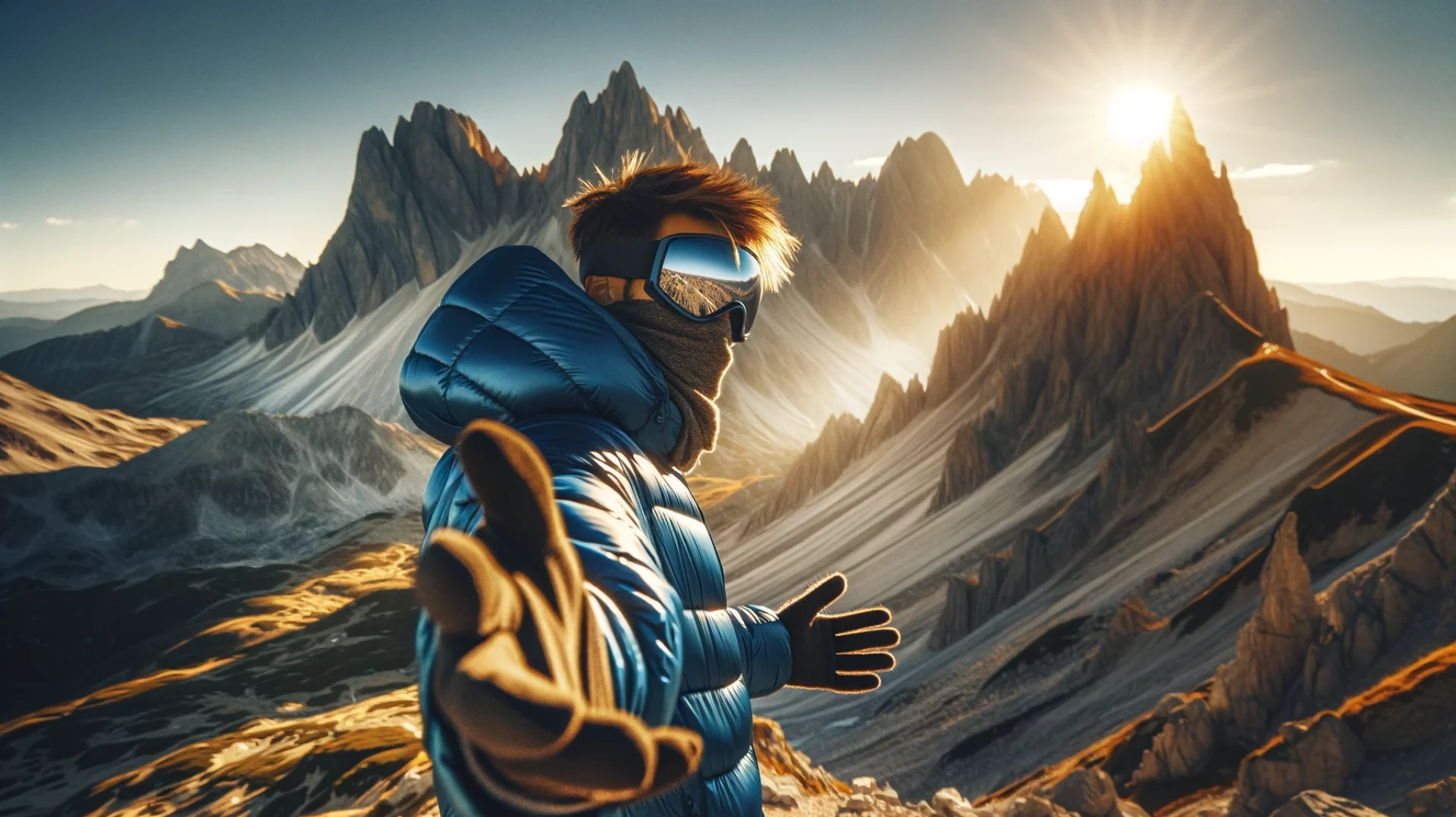Nestled in the rugged terrains of Norway, the glaciers stand as silent witnesses to the passage of time, shaping the landscape through the ages. These icy giants, born from snowflakes compressed over centuries, are not just remnants of a colder past but are dynamic, living features of the Earth’s surface. This post embarks on a journey through the frozen heart of Norway, exploring the grandeur of its glaciers, their significance in the natural world, and the pressing need to preserve these magnificent ice formations for future generations.
The Grand Glaciers of Norway
Norway, with its harsh yet mesmerizing landscapes, is home to some of Europe’s largest and most iconic glaciers. Among these, the Jostedalsbreen glacier holds the crown as the largest glacier on the European mainland. This colossal ice cap covers an area of 487 square kilometers and boasts several glacial tongues, each weaving its path through the mountains.
Another jewel in Norway’s glacial crown is the Svartisen glacier. Known for its striking beauty, Svartisen is a tale of two ice caps, separated by a lush valley. It’s not just the ice that captivates the onlookers but also the stark contrast with the surrounding greenery, a visual reminder of nature’s diverse palette.
Glaciers: More Than Just Ice
The glaciers of Norway are more than mere tourist attractions; they are crucial to the natural environment and human society. These frozen reservoirs act as freshwater storage, gradually releasing water throughout the year, supporting rivers, agriculture, and hydropower – a significant source of energy in Norway.
Glaciologists and climate scientists flock to these icy realms, reading the layers of ice much like the pages of a history book. The glaciers hold within them invaluable records of past climate, trapped in bubbles of ancient air. These records are crucial for understanding climate change, providing insights into past atmospheric compositions and temperature fluctuations.
The Fragile Giants
Despite their grandeur, these ice giants are vulnerable. Climate change poses a severe threat to Norway’s glaciers, with rising temperatures leading to accelerated melting. The Jostedalsbreen glacier, along with others, has been retreating over the past decades. This retreat is not just a loss of natural beauty but also a harbinger of the broader environmental impacts, including reduced freshwater supply, altered ecosystems, and potential sea-level rise.
The vanishing ice also affects the local tourism industry and the cultural landscape. Glaciers are integral to Norway’s natural heritage, and their disappearance would be a loss of the country’s identity and history.
Preserving the Frozen Titans
The plight of Norway’s glaciers is a stark reminder of the broader environmental challenges facing our planet. However, it’s not too late to take action. Efforts in reducing greenhouse gas emissions, coupled with sustainable tourism and conservation initiatives, can slow down the rate of glacial retreat.
Visitors to these icy realms can also play a part by adhering to responsible tourism practices, minimizing their environmental footprint, and spreading awareness about the importance of these glaciers.
In conclusion, the glaciers of Norway are not just spectacular natural wonders; they are barometers of the health of our planet. As we stand in awe of their majestic beauty, let us also recognize our responsibility to protect and preserve these frozen giants for the generations to come. The time to act is now, to ensure that the future holds a place for the majestic beauty of Norwegian glaciers.


